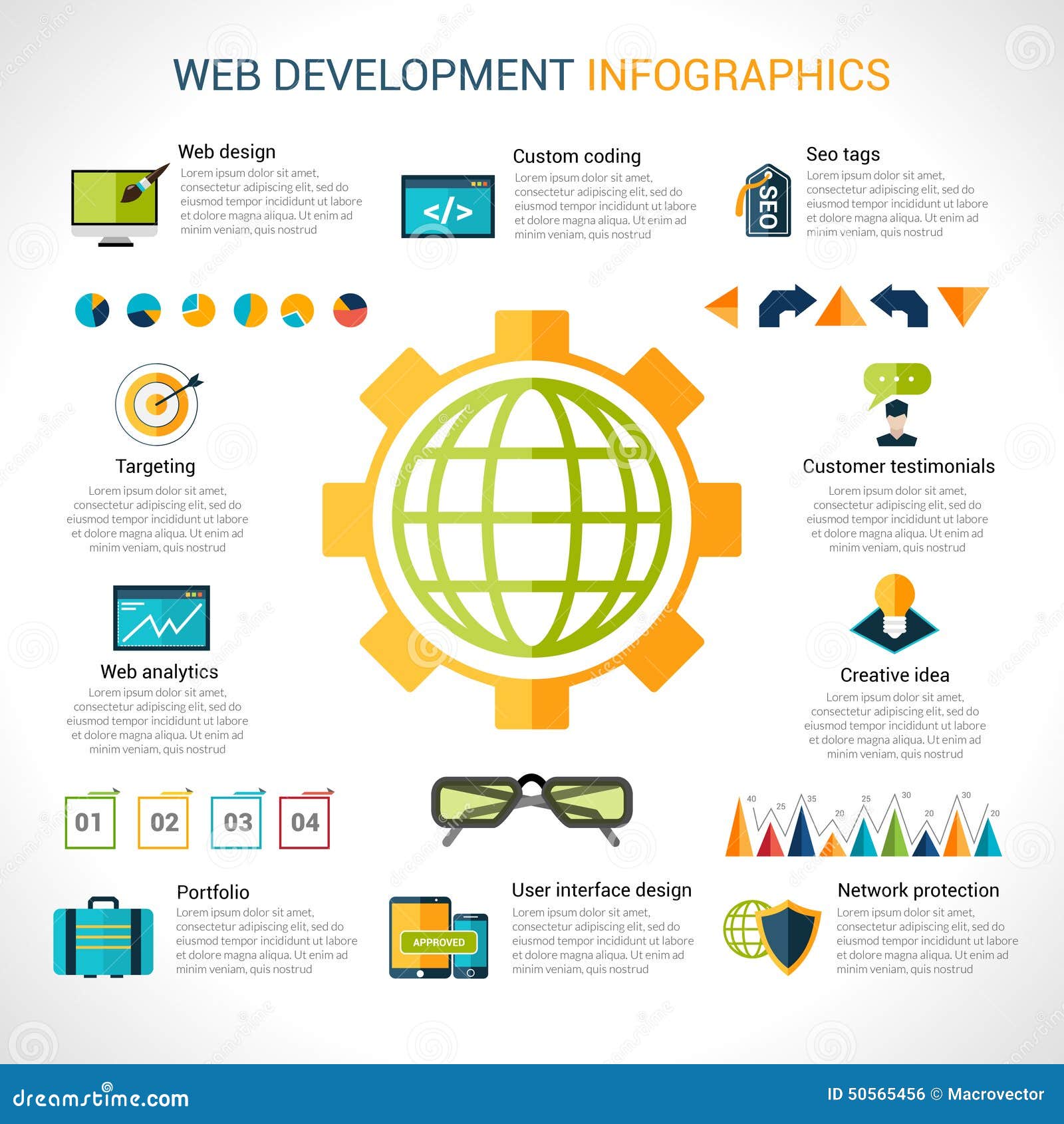Interested In Discovering How Web Site Layout Has Changed For Many Years? Check Out The Progression From Basic, Simple Layouts To User-Centered Techniques That Focus On The Needs And Preferences Of Online Visitors
Interested In Discovering How Web Site Layout Has Changed For Many Years? Check Out The Progression From Basic, Simple Layouts To User-Centered Techniques That Focus On The Needs And Preferences Of Online Visitors
Blog Article
Short Article Created By-Carstens Vinson
In the past, websites were easy and concentrated on details. Navigating was straight, and design was for desktop computers. Now, customer experience is essential. Information overviews designs for very easy navigating. Receptive formats suit different gadgets. Today, dark setting lowers pressure, and minimalist food selections enhance navigation. Interactive functions engage individuals, and strong visuals stick out. AI combination boosts interaction. See just how layout has actually developed to improve your online trip.
Very Early Days of Website Design
In the very early days of web design, simplicity preponderated. Sites were basic, with limited colors, font styles, and designs. The emphasis got on providing details instead of flashy visuals. Individuals accessed the internet through slow-moving dial-up connections, so speed and capability were vital.
Navigating food selections were straightforward, normally located at the top or side of the web page. Websites were created for desktop computers, as mobile browsing had not been yet common. Content was king, and designers focused on very easy readability over intricate style aspects.
HTML was the key coding language made use of, and developers needed to work within its constraints. Computer animations and interactive functions were very little contrasted to today's criteria. Sites were static, with little vibrant content or customized user experiences.
Increase of User-Focused Design
With the evolution of website layout, a change in the direction of user-focused style principles has come to be progressively prominent. Today, creating internet sites that prioritize individual experience is crucial for involving site visitors and achieving company goals. User-focused style entails recognizing the requirements, preferences, and actions of your target audience to customize the web site's layout, web content, and includes appropriately.
Designers currently conduct detailed study, such as user studies and use testing, to gather insights and comments straight from customers. This data-driven technique helps in developing instinctive navigation, clear calls-to-action, and visually appealing user interfaces that reverberate with visitors. By placing the user at the center of the style process, websites can deliver a more customized and pleasurable experience.
Responsive style has also emerged as an essential element of user-focused layout, ensuring that internet sites are maximized for various gadgets and display dimensions. This versatility boosts ease of access and usability, catering to the diverse ways users connect with internet sites today. Essentially, the increase of user-focused design indicates a change towards producing electronic experiences that prioritize the requirements and assumptions of the end user.
Modern Trends in Website Design
Discover the most up to date trends shaping web design today. One noticeable fad is dark setting style, using a smooth and contemporary look while minimizing eye stress in low-light environments. seo optimization agency is minimalist navigating, streamlining food selections and enhancing customer experience by concentrating on essential elements. Including micro-interactions, such as computer animated switches or scrolling results, can produce an extra interesting and interactive website. Receptive layout remains important, guaranteeing smooth user experiences across various devices. In addition, utilizing vibrant typography and unbalanced layouts can include aesthetic passion and accentuate specific material.
Incorporating AI innovation, like chatbots for customer support or individualized referrals, improves user involvement and streamlines procedures. Accessibility has additionally end up being a considerable trend, with designers focusing on inclusive layout methods to deal with varied customer needs. Welcoming https://www.entrepreneur.com/article/385177 by maximizing web site performance for rate and performance is one more emerging trend in website design. Teaming up with customer responses and data analytics to iterate and improve design constantly is crucial for staying relevant in the ever-evolving digital landscape. By accepting these modern patterns, you can produce an aesthetically appealing, easy to use internet site that resonates with your audience.
Final thought
As you review the advancement of web site design from the early days to now, you can see just how user-focused layout has come to be the driving force behind modern-day patterns.
Embrace the trip of change and adjustment in web design, constantly keeping the customer experience at the forefront.
Remain present with the most up to date trends and innovations, and never ever quit evolving your approach to produce visually magnificent and easy to use internet sites.
Progress, adapt, and create - the future of web design remains in your hands.
